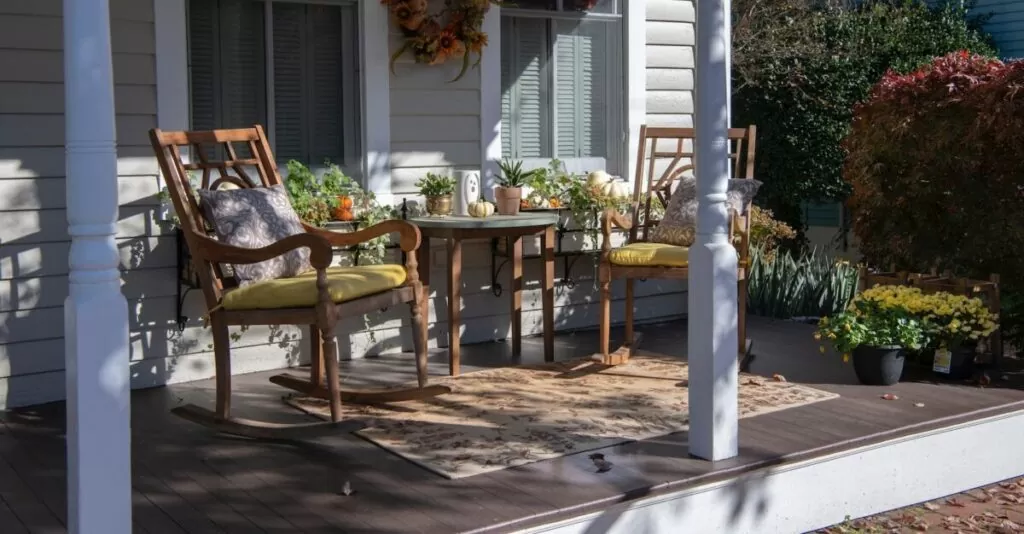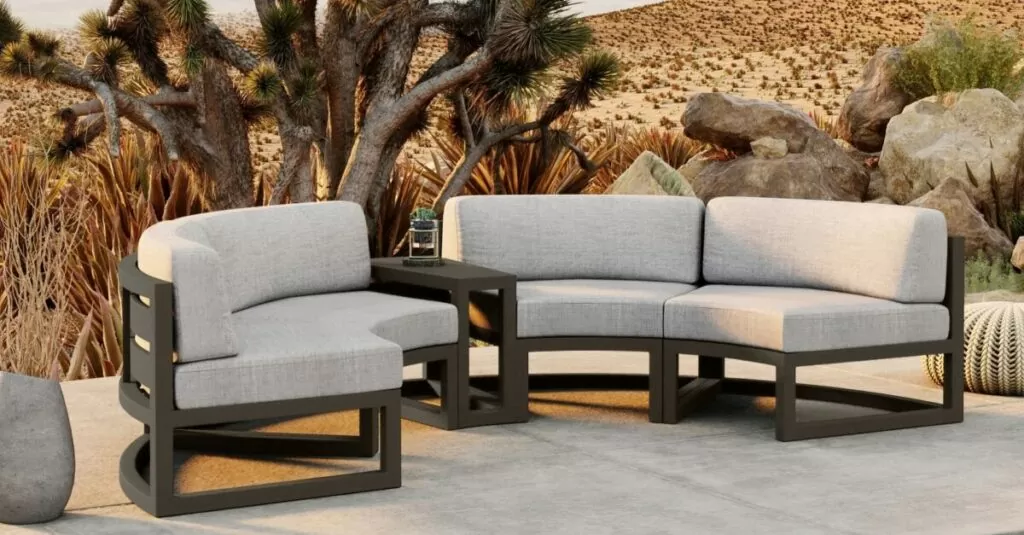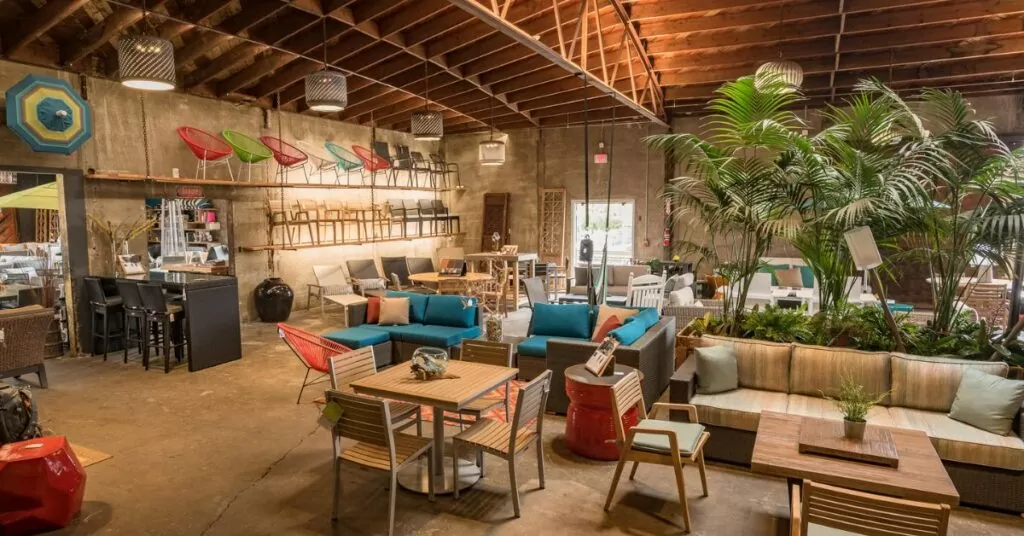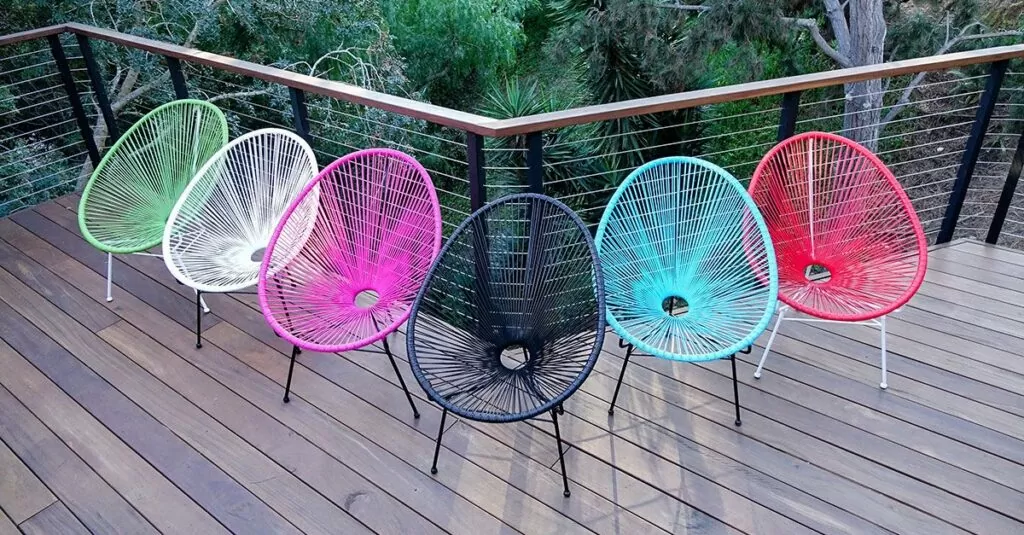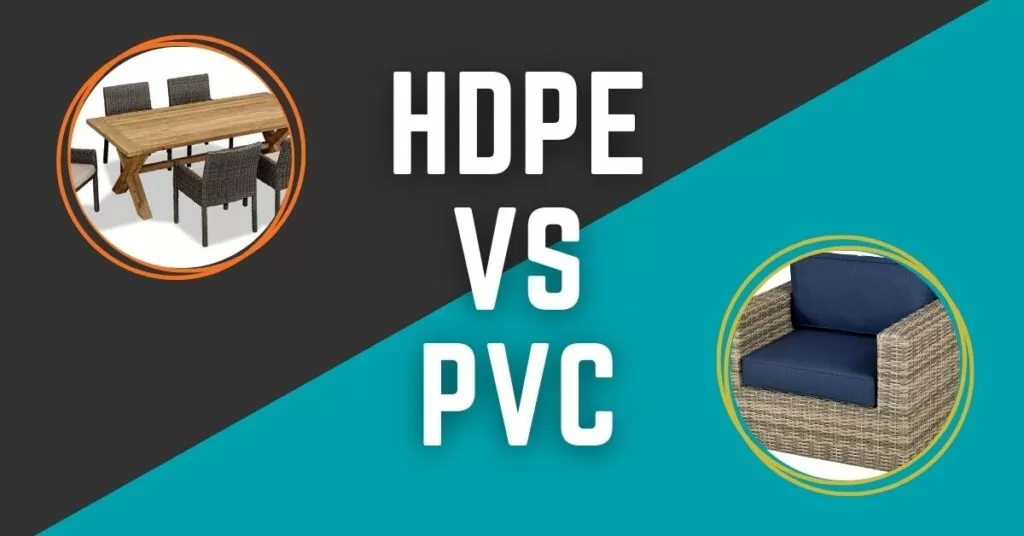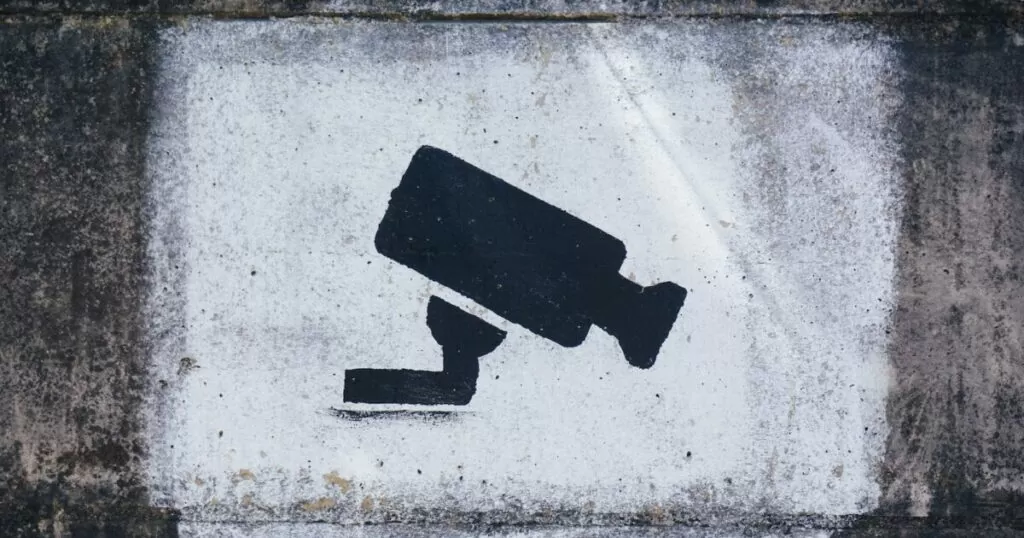In American times-past, the porch was a gathering point for friends, family, and visiting company. Deriving from the Greek word Portico, the porch has transformed throughout many centuries, waxing and waning through periods of decline and revival.
Debate has grown, questioning the necessity of extensive structures that can add unnecessary expenses to a homeowner’s monthly mortgage payment. Rising housing costs have left many to wonder whether we really need them or not. This post will take you through a brief history of the porch and help you weigh in on the discussion.
The History of the American Front Porch
“Porches are as synonymous with American culture as apple pie. While not unknown in colonial times, they rose to nationwide popularity in the decades before the Civil War, and remained in fashion for almost one hundred years. Ironically, the social and technological forces that made them both popular and possible were eventually responsible for their decline.”
-Excerpt Kahn, Preserving Porches
Although the exact origins behind the porch as an architectural structure are difficult, if not impossible, to trace, we do know something about the forces that introduced it into American Society. Originally migrating to North America from Europe, the porch was foreign to the original founders of the country.
It wasn’t until the 1840’s and 1850’s that African influences pioneered the idea in America. “Shotgun houses” were introduced by Haitian refugees fleeing from civil unrest surrounding the actions of Toussaint L’Ouverture. Originating from West Africa, Shotgun houses were then built in the states by African slaves. This architectural style began in the South and soon spread elsewhere in the country.
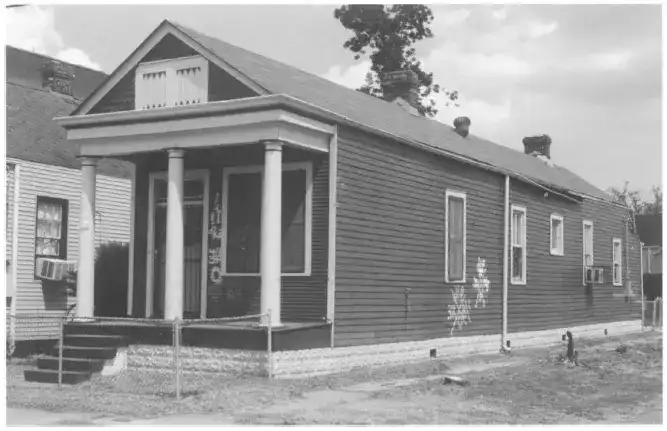
Gaining Popularity
Two things led to the adoption of the porch into popular American culture: Technology, and changing Social factors. The Industrial era created a new class of Americans that had more time on their hands. This new social group was called the “Leisure Class.” Technology also played a role in popularizing the porch because new tools made it easier and more financially feasible to construct exterior structures. Outdoor living areas added beauty to a home’s facade and connected individuals with the great outdoors. This was especially poignant during a revival in the natural landscape.
Eric Reinholdt from 30X40 Design Workshop wrote a beautiful piece on the Japanese Engawa, which has similar social functions as the American Front Porch. An excerpt from his article:
“The social function of the engawa is well documented. Much like the porch in the southern U.S., the engawa is a place for meeting and greeting friends and neighbors, acting as the most public face of a private realm. Because the floor of the engawa is even with the interior floor, its height is perfectly suited to function as a seating area.”
The Front Porch in American Culture
The front porch became a staple in American history, serving as a gathering point for the entire family. This improved social cohesion among neighbors, as it became common to exchange stories or console a close friend about a recent event. In the warm Southern States, the porch provided relief from the heat, allowing its occupants to catch a cold draft and watch the stars at night.
The porch was a universal space that transitioned between indoors and outdoors, creating a sense of security for many. A buffer between the private and public. A place for reflection and a place to sit back and watch time pass. The front porch was a multi-purpose space that soon began to lose interest due to changing times.
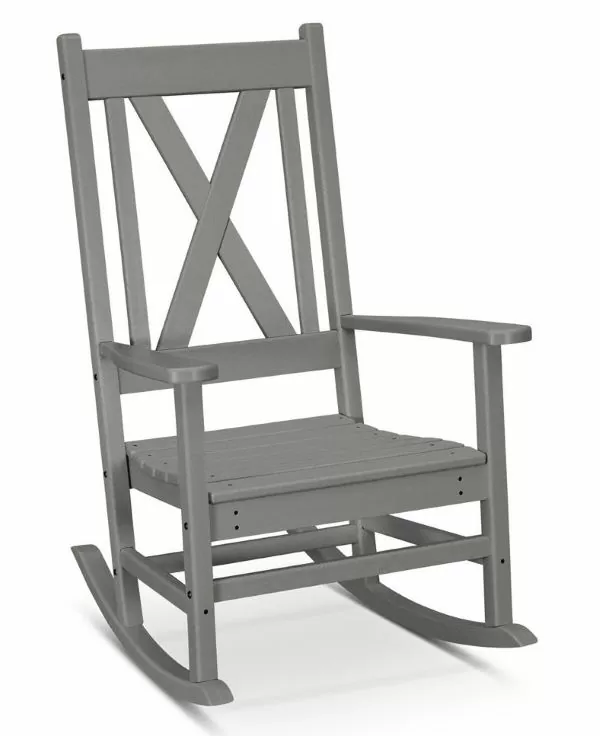
The Decline of the Front Porch
In the same way that it contributed to the acceptance of the porch, technology also played a role in its downfall. During the 1930’s, automobiles were a hot item that could be seen zooming down the streets everywhere. This altered the serenity of the porch by filling busy streets with loud noises and air pollution. The front yard soon became a danger for children at play, and as such, backyards replaced porches and became the primary place where young children were allowed to play without supervision.
The advent of the Air Conditioner meant people had a new way to keep cool. When it’s hot nowadays, everybody stays inside. Back in the day, the only solution was to sit out on the porch under the shade and catch a cool breeze. Today, technology continues to bring people indoors to watch TV, use the computer, and play video games.
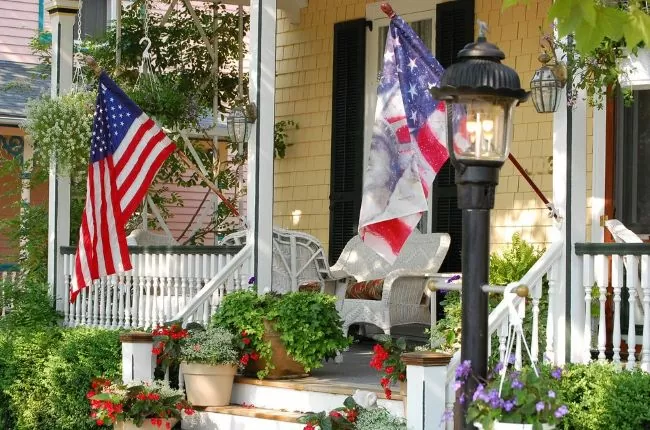
The resurgence of the Porch
The front porch has been romanticized in American culture as many continue to reflect on our nostalgic past. Synonymous with the revival of traditional American ideals, traditions, and past times, Americans have sought a return to the “good old days.” We have all witnessed the backyard patio become the location of BBQ’s, birthday parties, and even movie nights. Offering a higher level of privacy in contemporary times, many Americans have moved their activities to the backyard.
Although there is no definitive answer as to whether the Americans will revisit the porch, it has remained in the hearts of many. If the phrase “History repeats itself” is telling, we may see a resurgence of these architectural structures in the near future.
Thanks for reading and taking this quick trip back in time with us. Patio Productions is your source for environmentally friendly outdoor furnishings. We offer the lowest prices on a selection of outdoor sectionals, day beds, chaise lounge chairs, bar sets, and more. Stop by and visit to spruce up your home!
Additional Resources:
- Front Porch Nation
- Catch a Mid-day Nap on these Outdoor Patio Daybeds
- Steadfast Rules for Decorating with an Outdoor Area Rug

Cheryl is an award-winning landscape design consultant in San Diego, CA. She has over a decade of experience in the design world, working on both interior and exterior projects. She received her certification in design in 2010 and has contributed to the design of 7 separate furniture collections. Cheryl began lending her expertise to Patio Productions’ blog in 2012. When she’s not living in the furniture and design world, she’s busy playing with her dogs at home, or curling up with a cup of black coffee and a beautiful book on modern design. Her favorite patio furniture are her Acapulco Chairs in lightning blue.

